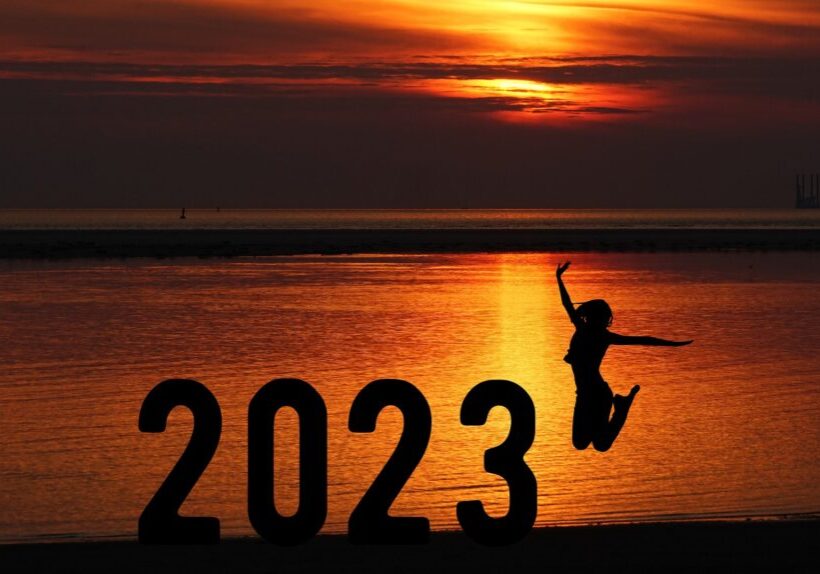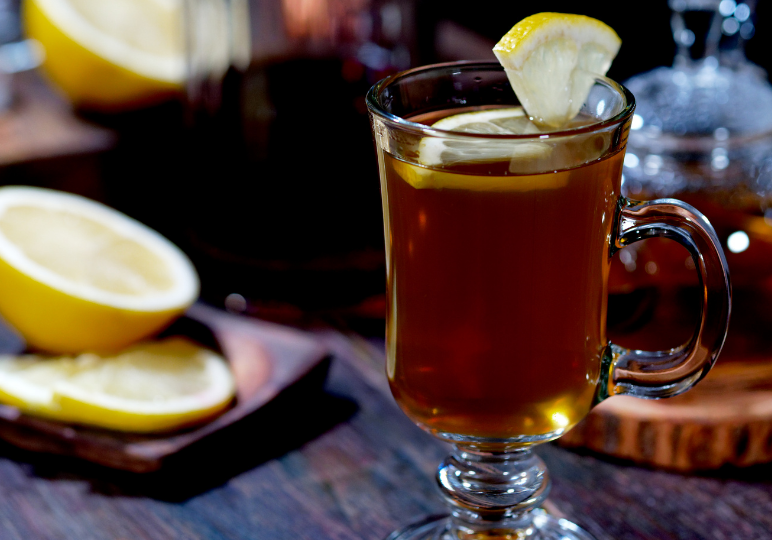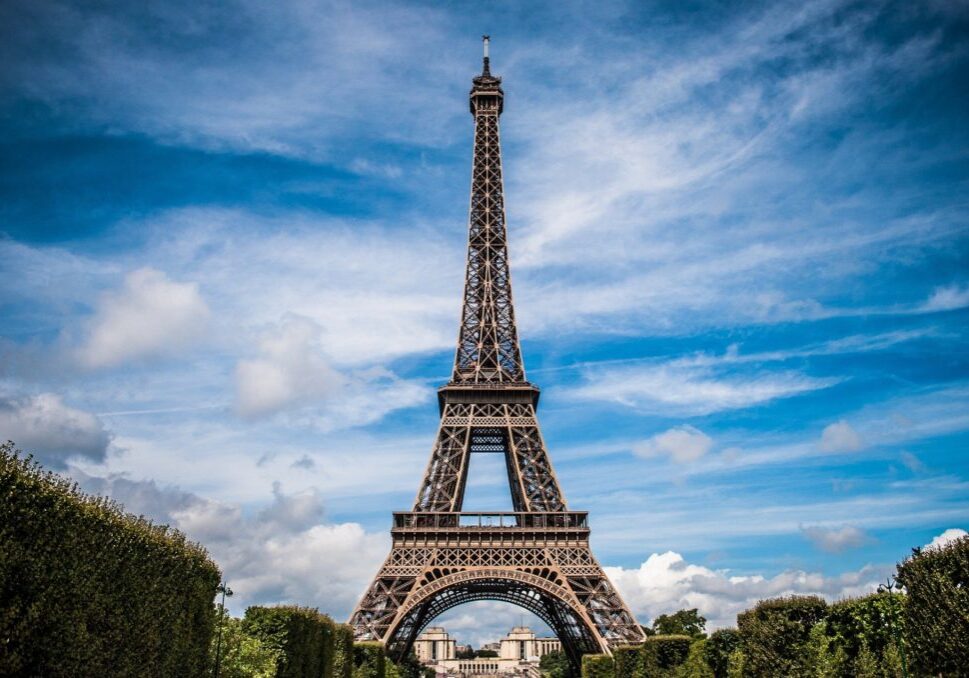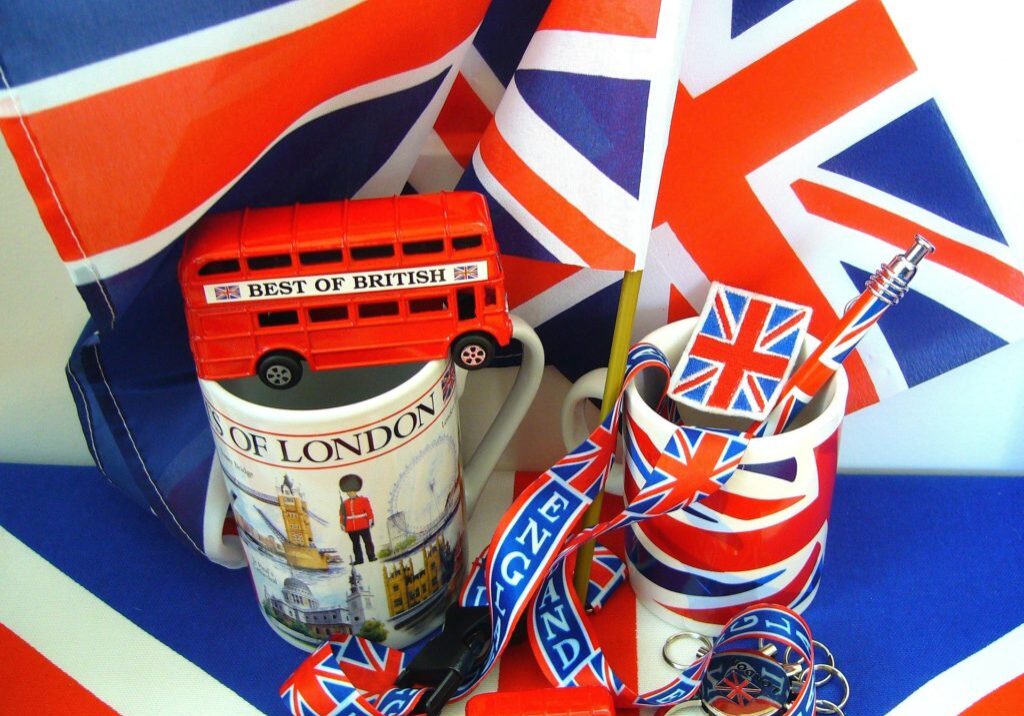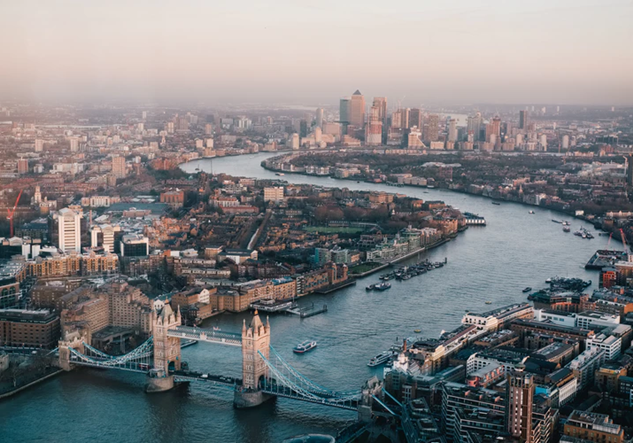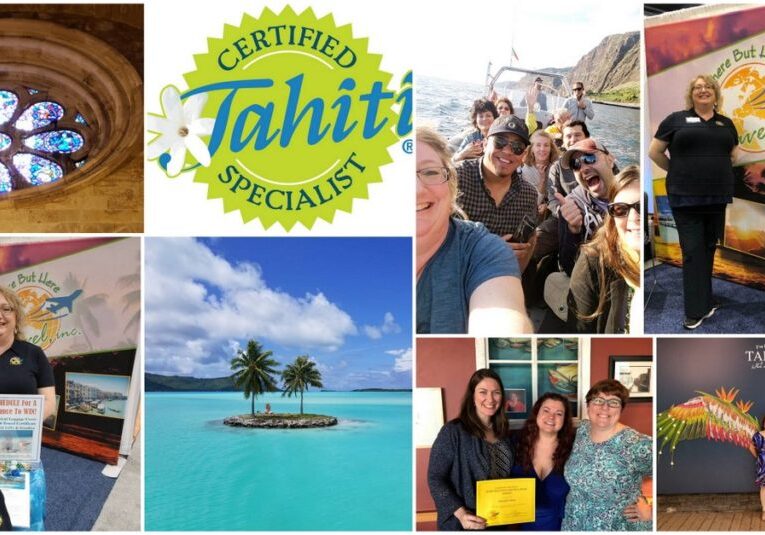UK & Ireland
When you travel to the United Kingdom, it might feel like getting four vacations wrapped into one, since the four different nations that comprise the United Kingdom each offer very different experiences.
If you're considering travel to the United Kingdom, remember that you have a lot of choices to consider, as there is something for everybody.

Overview
England is the biggest country in Britain, and is home to the largest city in Europe. It's also home to over 600 miles of beautiful coastline and some of the world's top tourist attractions.
Scotland is a diverse and extraordinary country, with a rich and fascinating history. The country has nearly 800 islands, only 300 of which are inhabited, and these islands are home to some of the most beautiful landscape in the world. A land of contrasts, Scotland boasts vibrant and exciting cities to visit and breathtaking lochs, mountains and coastlines that shouldn't be missed.
Northern Ireland is as scenic a vacation destination as it gets with its craggy mountains, emerald green glens and hills, dramatic coastline and windswept moors. Discover its castles and historic houses with their extraordinary gardens and the genuine warmth of the Irish people.
Wales, bordered by England on the east, is a small country with a colorful history and spectacular landscapes, including 3 National Parks and 5 Areas of Outstanding Natural Beauty. At only 170 miles from north to south and 60 miles east to west, it's no surprise that you're never far from a mountain or the sea.
Ireland is soul stirring with the richness that it has to offer. You`ll see immediately why this country has been an inspiration for poetry, music, literature, theater and art for centuries. It is a unique and fun-filled country, with friendly people, spectacular scenery, and legendary attractions. Friendly faces and true Irish welcomes are everywhere!
Things To Do
London is full of things to do and see. From famous attractions such as the London Eye, Houses of Parliament, Big Ben and Tower of London to much lesser known ones that are almost secrets. There are also exciting shopping destinations, vast areas of green parkland in the middle of the city and much, much more.
Laid among many hills, Edinburgh is a historical and cultural city marked by Medieval and Georgian influences, from the small crooked streets of the Old Town to the gardens and neoclassical buildings of the New Town. On the top of the city lies the Edinburgh Castle, where past rulers took up their quarters and where you can find both the Country Crown's jewels and the Stone of Destiny, used for coronations.
Glasgow is the 21st-century magnet of Great Britain, with an energetic, yet sophisticated vibe. Formerly Britain's major centre of industrial prowess, it has been rapidly transforming into a booming hub for art and culture in the past decades and prides itself on a never-ending stream of up-and-coming musicians and a thriving nightlife. Glasgow is also home to many excellent modern Scottish restaurants dedicated to preserving their Scottish heritage, and some of the best shopping in the country.
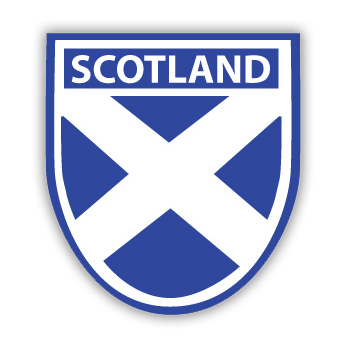
There’s is no shortage of activities and things to do in Belfast, everything from fascinating tours, cultural escapes, scientific exhibitions and historical buildings, can be explored here. Some of the better known attractions include St Anne's Cathedral, Belfast Castle, the Titanic museum and Belfast Zoo. There are also some hidden treasures that should not be missed like Belfast's own version of Willy Wonka's chocolate factory called the Aunt Sandra's Candy Factory, or boat tours along the Lagan. There is great mix of things to do, and people keep coming back time and again once they understand just how much the city has to offer.
Wales - Cardiff, Europe’s youngest capital city, is famous for its castle, art, dragons, river, Victorian arcades, parks, rugby, music, university, bay and Brains beer. A more diverse list you could not imagine, so whether you are an art lover or rugby fan, enjoy historical castles or modern architecture, like listening to philharmonic orchestras or new bands in pubs, Cardiff really does offer something for everyone.
Ireland - Dublin is a cultural capital with a rich history. Natives abroad yearn for the pubs and the humour (or "craic") which teem in this ever-growing city. A fascinating place with incredible beautifully preserved mansions and castles, meticulously curated museums, churches, cathedrals, and parks, the city has one foot in the past and en eye on the future. When you are off exploring the rest of the country like kissing the Blarney Stone, stay in a castle, drive the Ring of Kerry, visit the Cliffs of Mohr, and more.
Your Travel Advisor can help recommend specific things for you to do on your vacaiton based on your needs and desires.
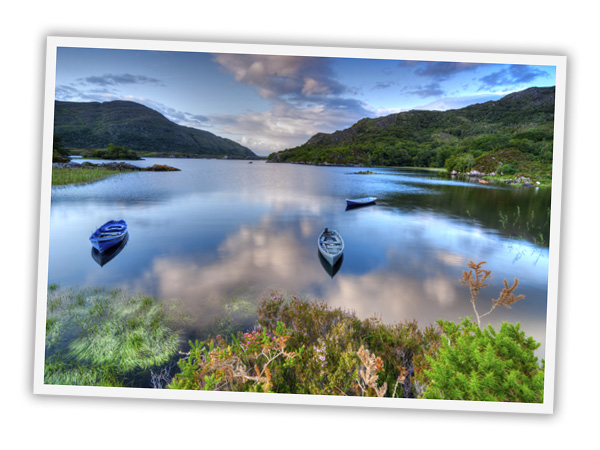
Money & Currency
England/Scotland/Wales/N. Ireland - British pounds, £1 = 100 pence
Ireland - Euro, 1€ = 100 cent
ATM outlets are very common throughout the United Kingdom. It is possible at ATMs to draw cash on presentation of your credit card, though this may incur fees or interest payments so it is best to check with your bank before departure. If you are traveling with your Debit Card, it is a good idea to deposit sufficient funds into your accounts prior to departure and then use your Personal Identification Number (PIN) to access them. Check with your bank card company regarding possible ATM availability abroad.
Best Time To Visit
London is graced by a mild climate and, as such, can be visited at any time of the year. However, a few things need to be considered first. Most of the royal palaces and residences, like the State Rooms at Buckingham Palace, are only open to the public during the summer months. Many of the city's most important festivals, like the British Summer Time Music Festival, also take place during this time. Late June to mid July is also when some of the best sales are on in shops around the capital.
Spring is also a good season for a visit, since the weather is generally good and finding accomodation is both easier and cheaper (high season in London means a lot of tourists). And if you're not too bothered about the grey weather, then low season (January and February) can be a good option too, when there are fewer tourists and prices are lower.
Scotland - Late spring and summer's longer days and warmer temperatures make these periods the best time to visit Edinburgh. However, rain can be expected at anytime in Edinburgh and throughout Scotland, even in summer.
Northern Ireland - April to September / October is the best time to visit Belfast. Be prepared for some wind and rain, but there are also adequate sunny days, especially in the summer. Try to avoid the two weeks around the 12th of July: many people have their holidays during the period when the traditional Protestant marches take place.
Wales - The best period to enjoy the country is from April to September, when the weather allows for a pleasant visit with warm temperatures and moderate precipitation. The major events and fairs take place during the summer, such as the Cardiff International Food & Drink Festival, and visitor numbers are expected to be at their highest at least until mid-September. Autumn is generally rainy with occasional snowfall in November and December, while winter can be cold and chilly, making this season the slowest in terms of visitors.
Ireland - The best time to visit is during the summertime (May to August) when the weather is warmer than the rest of the year and you can enjoy numerous festivals. Unfortunately summer season is also the most expensive time to visit. So, if you’re planning a vacation to Dublin but you don't want to spend a fortune, Spring and Fall make for a happy medium with moderate temperatures, less crowded street and lower prices. In general, the weather can be quite unpredictable. For this reason, visitors are recommended to bring waterproof coats and shoes.

